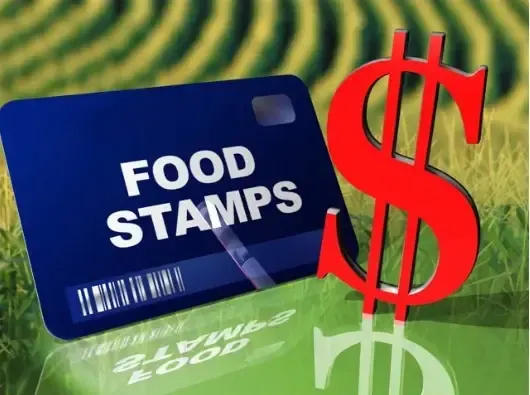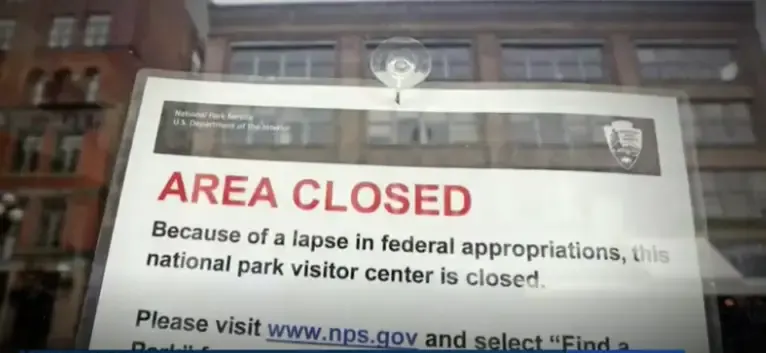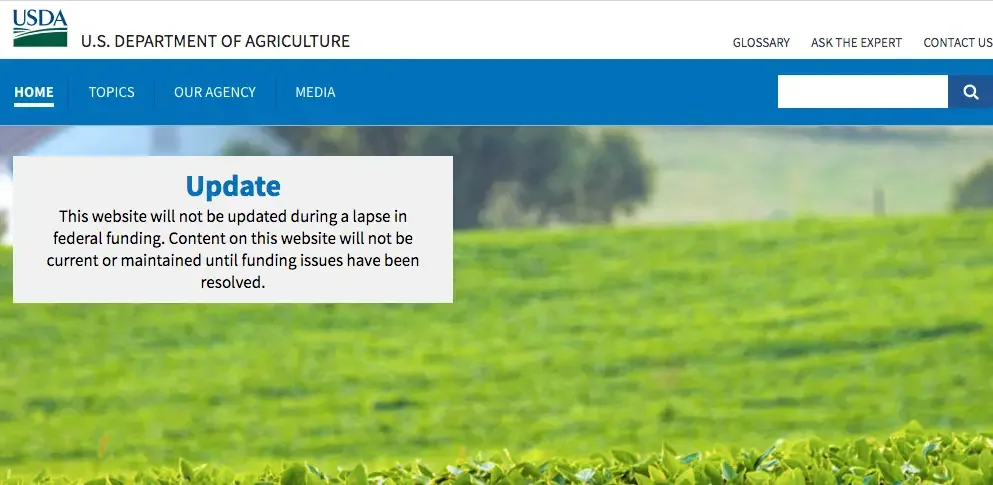The food stamps program (SNAP Benefits) is one of the biggest safety net available to low-income individuals in the United States. The program currently helps 38 million struggling individuals and families put food on the table. In addition, the program has also help life many people out of poverty. In 2017, SNAP benefits lifted 3.4 million people out of poverty. That’s why when there is a government shutdown, food stamps beneficiaries become very concerned about what will happen to their benefits during the shutdown. In this post, we will review what happens to SNAP benefits during a shutdown and whether food stamps will be paid during the government shutdown.
Food Stamps Program Highlights
While there is a perception out there that food stamps recipients are living large, available data shows otherwise. In the fiscal year 2017, the average food stamps household received about $254 a month, while the average individual recipient received about $126 a month — about $1.40 per meal.
What is a Government Shutdown?
A large majority of the United States federal government gets its funding from annual budget appropriations decided by Congress.
Every year, Congress must pass and the President must approve the budget for the next fiscal year (FY). There is a total of 12 appropriations bills that fund the federal government.
Typically, funding for all agencies is appropriated by Congress for the federal fiscal year, which runs from October 1 to September 30th the following year.
When Congress and the President cannot agree on funding for a particular agency, they typically pass a bill to extend funding for the agency for a set amount of time – at the same levels as the previous fiscal year. This is called a continuing resolution.
A partial government shutdown will occur if Congress does not pass remaining appropriations bills for the fiscal year or another continuing resolution by December 21.
When the government shuts down, that doesn’t mean that all federal operations are closed — just the ones deemed nonessential.
Federal agencies affected by a shutdown must continue to perform essential functions – those that involve the safety of human life, the protection of property, or certain other types of work designated by their agencies as necessary to continue.
In addition, federal agencies must discontinue all non-essential discretionary functions until new funding legislation is passed and signed into law.
Federal agency employees who remain at work to perform the essential functions are called “excepted” while those who are furloughed are called “non-excepted”.
Individual agencies make these decisions in what the government calls contingency plans.
Excepted employees continue reporting for work as normal during a shutdown, but are not paid during the shutdown but get paid in full for time worked once the agencies funding is restored.
Nonessential federal employees are furloughed, which means they are sent home and docked pay. However, they can later be paid retroactively for this time off once funding is restored.
When has the government shut down before?
The government has now shut down a total of 21 times since Congress introduced the current federal budget process in 1976. Half of those shutdowns occurred over a weekend.
Previous shutdowns have typically lasted from one day to 21 days.
Government Agencies Typically Affected by Shutdown
Government shutdowns do not affect all federal agencies. For example, the Department of Defense and the Postal Service, have secure funding and are not typically impacted.
However, which other agencies are affected vary by each shutdown. That’s because those agencies whose funding have not been agreed upon by Congress and the President – or whose CR funding run out are those that are impacted by a shutdown.
Will Food Stamps Be Paid During The Government Shutdown?
The food stamps program is rare among federal programs because it requires annual funding from Congress.
If Congress does not allocate funds for the program for a particular fiscal year, then they typically pass continuing resolutions to keep the program’s funding going.
The food stamps program is under the United States Department of Agriculture. If at the time of the government shutdown, the USDA funding is part of the agencies whose funding has run out, or will soon run out, then there is a strong likelihood that benefit payments will be stopped or disrupted.
Typically Congress allocates money into a food stamps “contingency” fund that is supposed to help keep the program funded for an extended period even if the budgeted money funds out.
That was the case with the December 2018 shutdown where Congress in 2018 appropriated $3 billion into a “contingency” fund for the food stamps program.
According to the USDA, that $3 billion will help cover just 64 percent of food stamp payments for February 2019. What happens to the other 36% of recipients remains unknown unless the shutdown is resolved before February 2019.
Government Shutdown Update
We will provide updates to future shutdowns on this page. We will review the impact of the shutdown on SNAP benefits and whether food stamps will be paid during the government shutdown.
Government Shutdown of December 2018
For details on the current government shutdown that started on December 22, 2018, and is ongoing in January 2019, see our article – How The Government Shutdown Affects Food Stamp.



